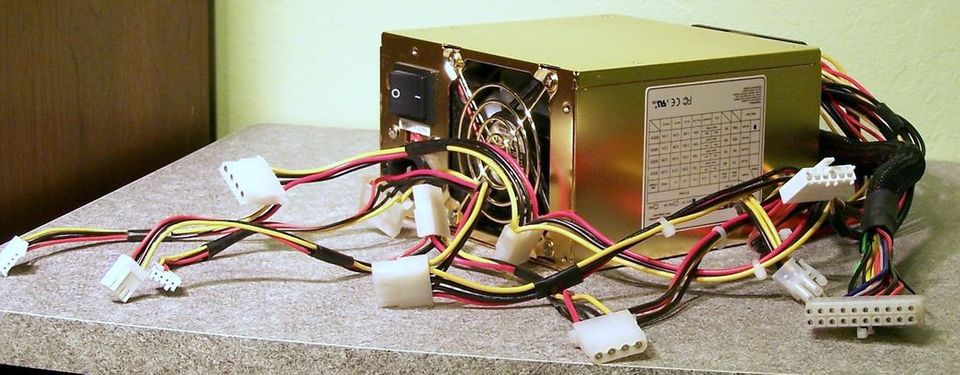

#Does senuti work for pc manual
Because iTunes is set by default to autosync with iPods, be sure to switch to manual mode to avoid losing files. Then you’ll need to run the import manually in iTunes on the remote computer.įor syncing between distant computers-say, a home system and an office computer behind a firewall-using an iPod for transporting files can be more convenient. Once the files have been copied, click on the Import Into iTunes button to open iTunes on the local computer and begin the import process. Clicking on the Copy Music Files button will then copy the appropriate files into the iTunes Music folder on each computer, which may take quite a while depending on the speed of your network. Click on the Compare Libraries button to display the number of songs needing synchronization and to select which songs and artists to copy (see “It’s All the Same”). You can use syncOtunes to easily synchronize iTunes libraries between two networked computers.Īfter installing syncOtunes, select your local iTunes Music Library.xml file, and then select the same file on the remote computer across the network. When connecting an iPod to more than one computer, you may want to have all the same music and associated ratings available on each system. You then create as many configurations as you need, and you can load each one as necessary. The first time you launch the applet, it will prompt you to save the current library.

Once this AppleScript applet is installed, you run it by choosing it from the Scripts menu in iTunes’ menu bar. ITunes Library Manager 4.2.5, which lets you create multiple iTunes library and preference configurations without duplicating files. If you don’t have multiple OS X user accounts, another solution is Doug Adams’s $5 Repeat this process for other user accounts on the same computer, and you’re set. Relaunch iTunes, and specify your folder’s new location by clicking on the Change button and pointing iTunes to the folder (also under the General tab of iTunes’ Advanced pane). Quit iTunes and move (or copy) the iTunes Music folder you just found to a new location. To relocate the folder, find its current location by looking at the General tab of iTunes’ Advanced preference pane. To avoid having duplicate files, consider setting iTunes to store its Music folder in a location that each user can access, such as a FireWire drive, a network drive, or a part of a local hard drive accessible to all users. A downside of this approach is that, by default, iTunes stores its music in each user’s Home folder, which means that duplicate copies of shared songs will be maintained for each person.įor more control-or to avoid overwriting an iPod’s existing files-when you’re connecting multiple iPods to a single computer or a single iPod to multiple computers, activate manual syncing. Since each person sharing the computer may prefer to maintain unique iTunes settings, you can set up multiple OS X user accounts, each with its own iTunes library and settings. Connect the iPod, click on the No button if iTunes asks whether you want to link that iPod to the new library (you’ll be asked only if the iPod has been previously linked to another computer), click on the iPod icon near the bottom right-hand corner of the iTunes window, and select Manually Manage Songs And Playlists in the resulting window (see “Let Me Decide”). If you want manual control, or if you’re connecting an iPod that’s synced with one computer to another system and don’t want to overwrite all the music on it, you’ll want to switch to manual mode.
#Does senuti work for pc update
By default, iTunes is set to Automatically Update All Songs And Playlists. With multiple iPods, iTunes can load each player with the same collection or sync each device with its own customized playlist(s).


 0 kommentar(er)
0 kommentar(er)
